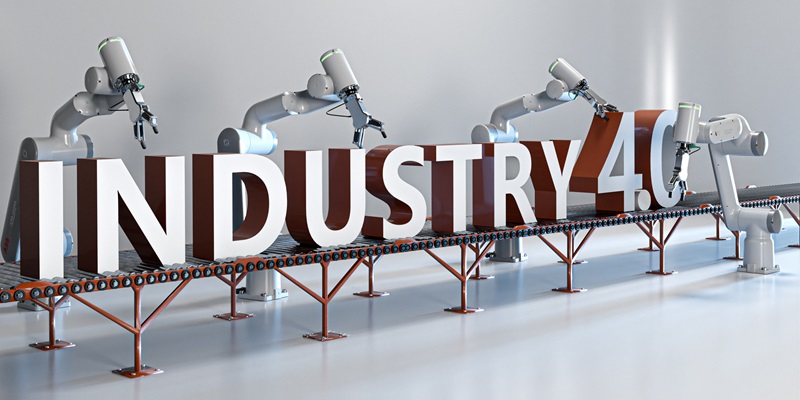Industry 4.0 marks a significant transformation where digital and physical systems converge in manufacturing. This Fourth Industrial Revolution emphasizes the necessity for industries to embrace sophisticated manufacturing methods that integrate automation, data, and IoT technologies. Central to Industry 4.0’s success is the establishment of efficient, interconnected communication networks, an aspect that the CC-Link Partner Association (CLPA) views as essential. CLPA promotes advanced networking standards that enable seamless data exchange to optimize industrial operations. As industries transition into this new era, adapting to these changes is crucial for staying competitive. Through smart networks and innovative manufacturing practices, businesses under Industry 4.0 can achieve higher efficiency, greater flexibility, and improved production processes, preparing them for the technological demands of the future.
The Imperative of Communication in Industry 4.0
The journey towards Industry 4.0 is liberally sprinkled with challenges that demand proficient communication protocols to relay information seamlessly across the manufacturing ecosystem. By interlinking intelligent machines, production processes, and systems, a robust communication network lays down the digital infrastructure vital for optimizing operations, enhancing production, and driving innovation. The CC-Link Partner Association (CLPA) emerges as a champion in this sector, advocating for and supplying the tools necessary for these connected environments.
Manufacturers worldwide grapple with the pressure to reinvent their production lines to comply with the smart paradigms of Industry 4.0. The transition necessitates not just technological upgrades but also a cultural shift towards collaborative and data-driven manufacturing practices. CLPA steers this shift by introducing cutting-edge networking technologies that not only meet the requirements but also push the boundaries of inter-device communication, ensuring real-time exchange and processing of the vast amount of data generated on the smart manufacturing floor.
CLPA’s Supportive Framework for Industry Pioneers
Navigating Industry 4.0’s complexities, the CLPA serves as a guide for its 3,000+ partners and over 900 manufacturers, fostering a community where innovation and standardization thrive. By sharing a platform for smart manufacturing, members gain the edge needed to remain competitive in today’s dynamic industrial climate. CLPA’s framework stands out for its adaptability to different industrial landscapes. As stated by Onder Şenol, the CLPA Türkiye Manager, the Association champions a synchronized production environment where devices, sensors, and software are in perfect sync, driving home the benefits of Industry 4.0. Joining this network assures access to reliable, high-speed communication and global standards, key for reducing downtime, optimizing processes, and implementing predictive maintenance, solidifying their market stance.
Global Extension and Training Resources
The CLPA’s global presence signifies its commitment to driving industrial growth worldwide. With a strong focus on Asia, CLPA ensures that standardized communication protocols are accessible to manufacturers globally, an essential factor for businesses operating across borders. This standardization is crucial for consistent quality and efficiency in production.
To further this goal, CLPA provides comprehensive training and certification programs. Such initiatives are pivotal in developing a workforce adept in CC-Link technology, a core component of smart manufacturing systems. Through this education, CLPA arms professionals with the expertise needed to excel in the era of Industry 4.0. This focus on upskilling is a cornerstone of CLPA’s strategy, ensuring technological integration and advanced manufacturing are executed skillfully by a knowledgeable workforce.

